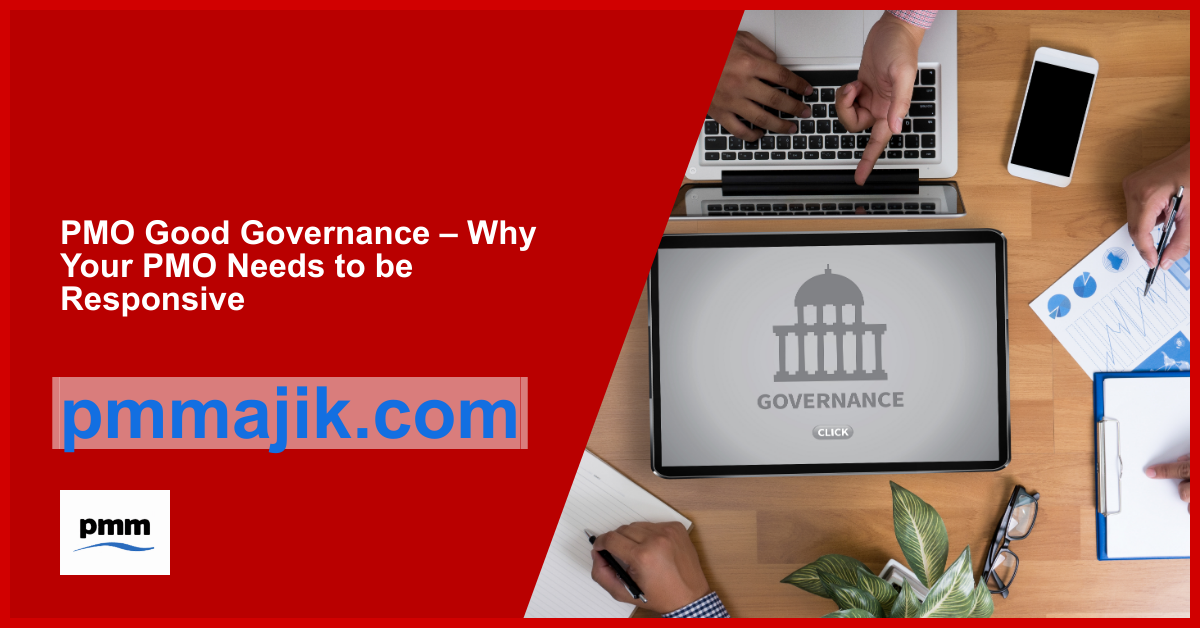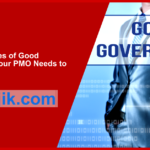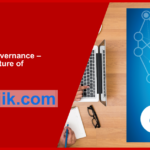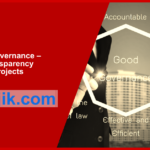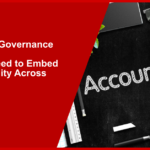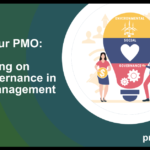Projects need to be run well and be seen to be run well, which is the purpose of a project management office (PMO). To demonstrate the good governance you’re implementing, your office and projects need to be responsive.
There are many contacts your office, and the projects you govern will receive on a regular basis. It’s important that every request or enquiry received is responded to, making sure that people are treated respectfully and are given what they need.
We’re going to look at a range of reasons responsiveness is important in your PMO and also how you can embed the concept throughout your projects.
Why is responsiveness important for good governance in a PMO?
In this context, responsiveness means that when your PMO or a project is asked a question or gets an information request, the answer is given in a timely manner. It might seem like a basic concept, but sometimes a project can get bogged down in details and not pay attention to external requests.
Here’s why you need to make sure responsiveness is part of project governance:
- Stakeholder engagement – stakeholders can be anyone from the C-suite to clients, end-users, and project workers; they have the right to request information, and when they know they will get a clear, accurate, and timely response, they will be more satisfied with the project in general.
- Better communication – when it is expected that people will respond to correspondence like emails and messages within set timeframes, communication is improved. For example, if emails are always responded to within 48 hours, a follow-up phone call within that time can be averted.
- Issue resolution – it may not be immediately clear why a request for information comes in, but if it is treated with the same importance, no matter the reason, the issue that is being investigated can be resolved without issue.
- Improved risk management – risk can come in lots of forms, and once identified, it should be mitigated at the earliest opportunity. With a culture of responsiveness, you can be sure that nothing will go ignored or unresolved for long enough for a major risk to develop.
How does a PMO develop and maintain a culture of responsiveness across projects?
Whilst it’s easy to see why responsiveness can contribute to good governance, it can be a challenge to know where to start to embed it in your office. Here are some ways you can foster the concept of responsiveness within your projects and office:
- Set clear expectations across your office and projects about how long emails, messages, and other forms of communications should be responded to, and who someone can contact when it’s not met.
- Assign rules for stakeholder communications so that there is a clear chain of communication. For example, the point of contact for the project client needs to know that they speak with the project manager rather than contacting a team member directly, who may not be equipped to give a timely response.
- Have feedback mechanisms that are respected and responded to. When a suggestion for change comes in, document the process of it being implemented and rejected and make sure this work is given a reasonably high priority – a suggestion box that goes ignored won’t get many suggestions in the long-run.
- Provide the right tools for everyone to be able to communicate effectively. Make sure project team members have the right email address, that there is an agreed messaging tool, and that any other comms tools have the right permissions for everyone who needs to use them.
- Set responsiveness targets as KPIs for project managers and their teams. This will sharply focus people on getting back to people’s requests quickly and make sure there is an air of transparency and openness.
The importance of projects being responsive
Responsiveness is vital to good governance – you want questions, queries, and requests for support to be addressed quickly and accurately. It can mean risks are mitigated, stakeholders are satisfied, and problems are nipped in the bud.
